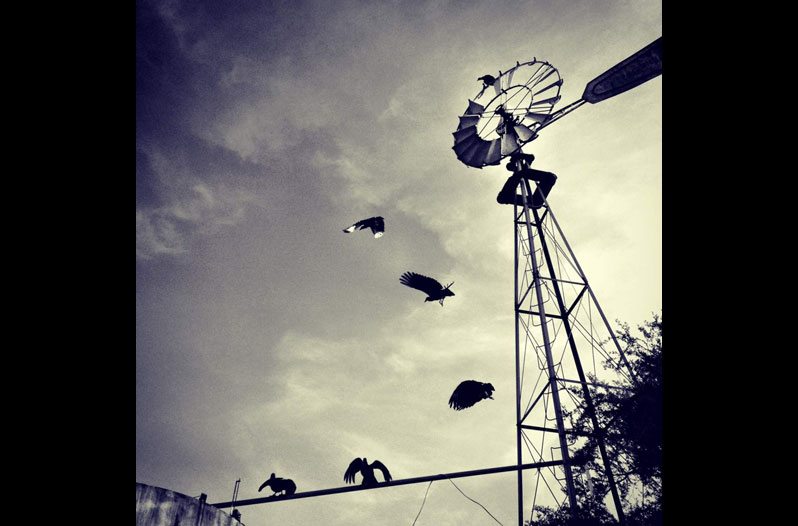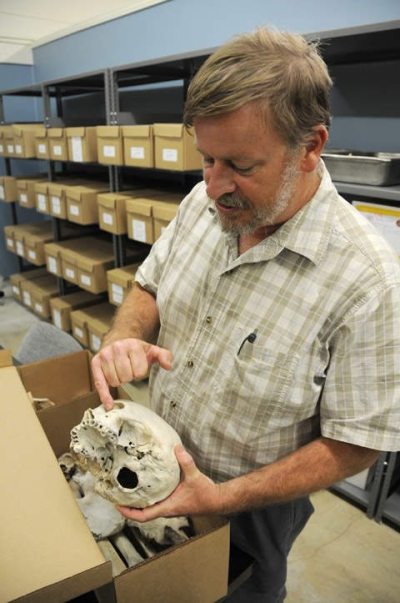Situated on the edge of the Balcones Canyonlands in the heart of central Texas is an unusual farm. If you were to stumble upon this particular farm, you wouldn't find corn or cotton, you'd find human remains. In cages. This isn't the plot of a horror movie and there's no need to call law enforcement. It's a legitimate human decomposition research facility known by locals as the Body Farm.
Videos by Wide Open Country
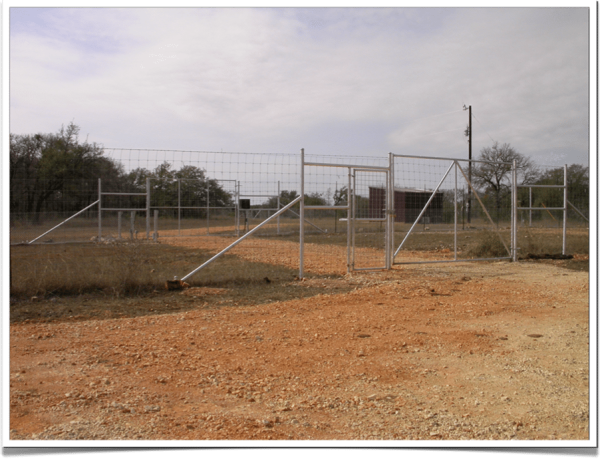
The entrance to the FARF body farm Image via Texas State University
Formally known as the Forensic Anthropology Research Facility (FARF), the Body Farm is a part of The Freeman Ranch, which is a larger research operation of Texas State University in San Marcos.
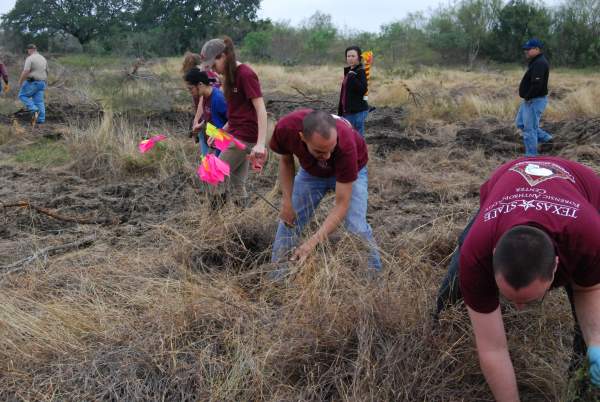
Students in the field Image via Texas State University
Here, students study the differing effects of the elements on a deceased human body. Scientists can learn a lot from observing the decay of the human body. The knowledge gained at the farm impacts criminal court cases as well as medical science.
Students at the Forensic Anthropology Center also study the differing effects of the elements on human corpses. Scientists can learn a lot from observing the decomposing of the human body. The knowledge gained at the farm impacts criminal court cases as well as medical science.
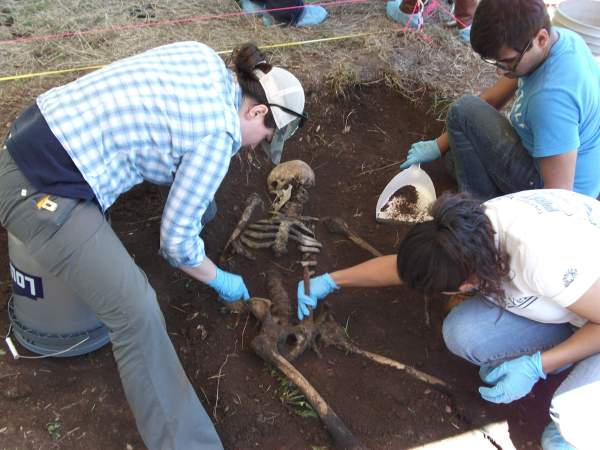
Students examining human remains Image via Texas State University
Though it might seem odd to cage a dead body, the cages are there to prevent wildlife (yikes, vultures) from getting to the cadavers. That way, scientists can study insect and microbial decay alone. Some of the bodies are left in the open, however, in order to better understand how wildlife impacts decomposition.
If you think this all is horrifying, then it will shock you to learn that there is more than one Texan Body Farm. In fact, there are six body farms nationwide. The University of Tennessee established the first one in 1980. There are also facilities in Illinois, North Carolina, and Colorado. Body farms are not legal in Europe. The first one outside of the United States opened just last year in Australia.
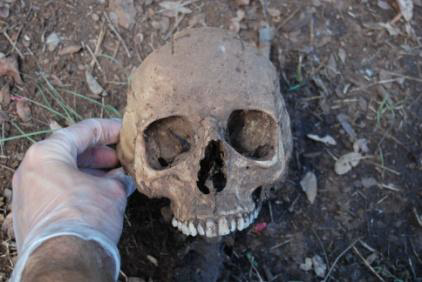
A human skull after decomposition Image via Texas State University
Located outside Huntsville, Sam Houston State University, known for its Criminal Justice school, runs the Southeast Texas Applied Forensic Science Facility or STAFS Facility. Though it's a comparable set up, the STAFS Facility yields dissimilar results from its Central Texas counterpart. That's because the subtropical climate of the Texas Gulf Coast has a different impact on decomposition.
There are currently about 50 bodies in various states of decay at the Freeman Ranch facility. They won't run out any time soon though. There are around 200 living people who plan to donate their bodies to this research effort once they pass away.
If you have a strong stomach and want to see some pictures from inside the FARF at the Freeman Ranch, check out this article from the Texas Tribune.
This article was originally posted on August, 10 2017 but has since been updated.
